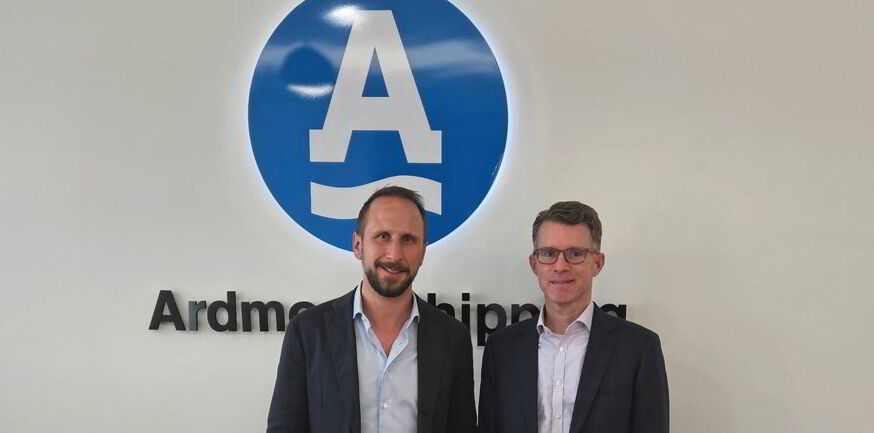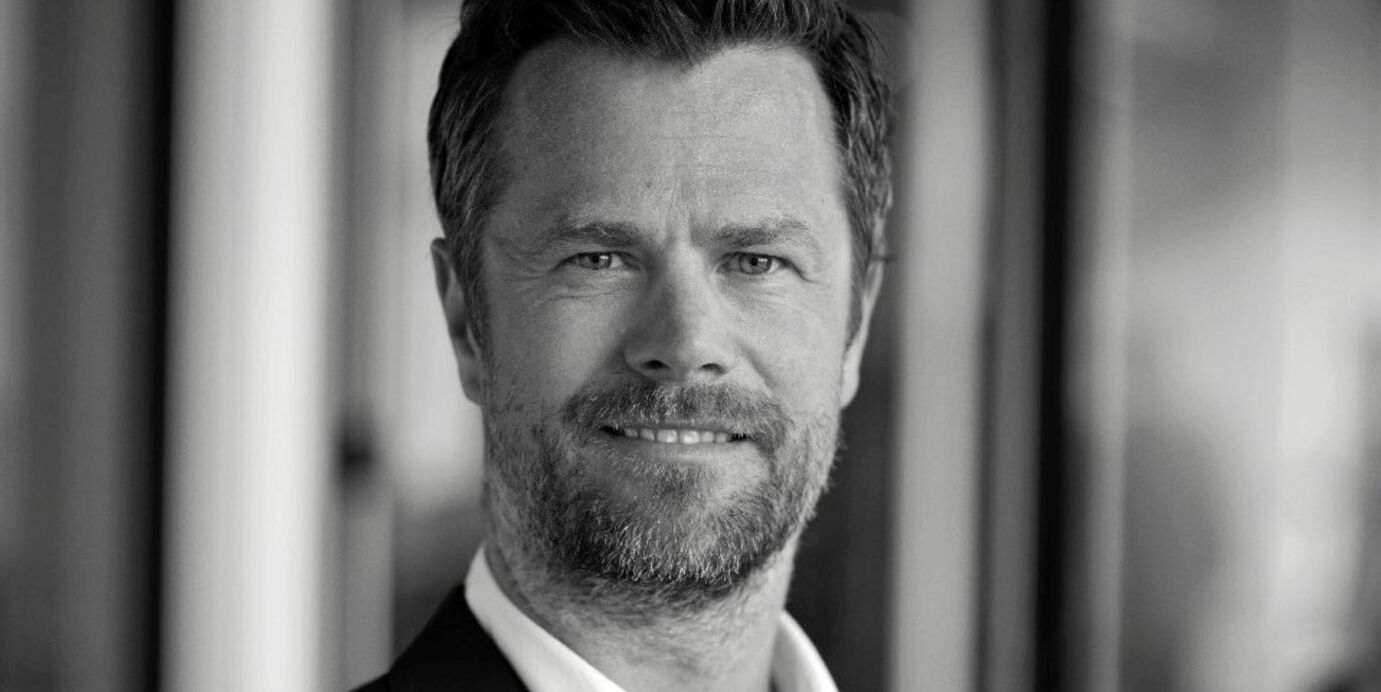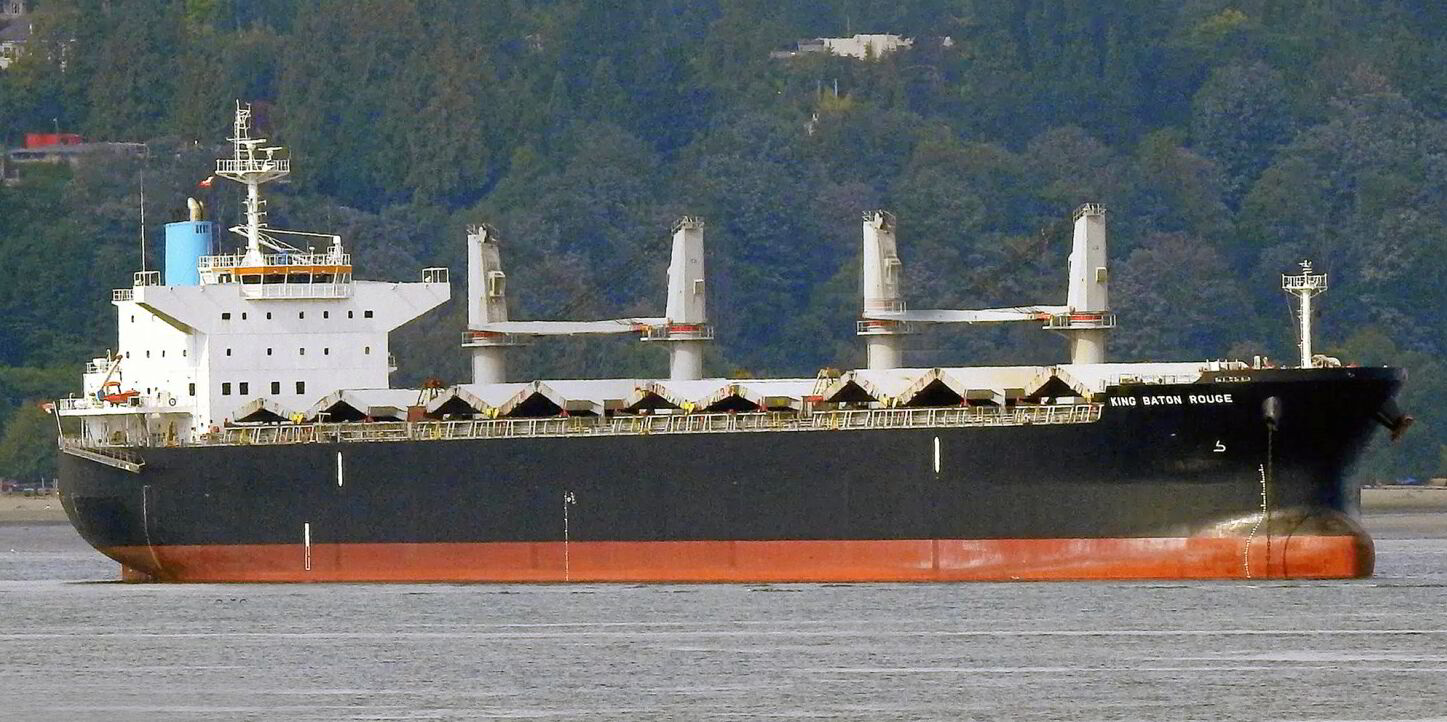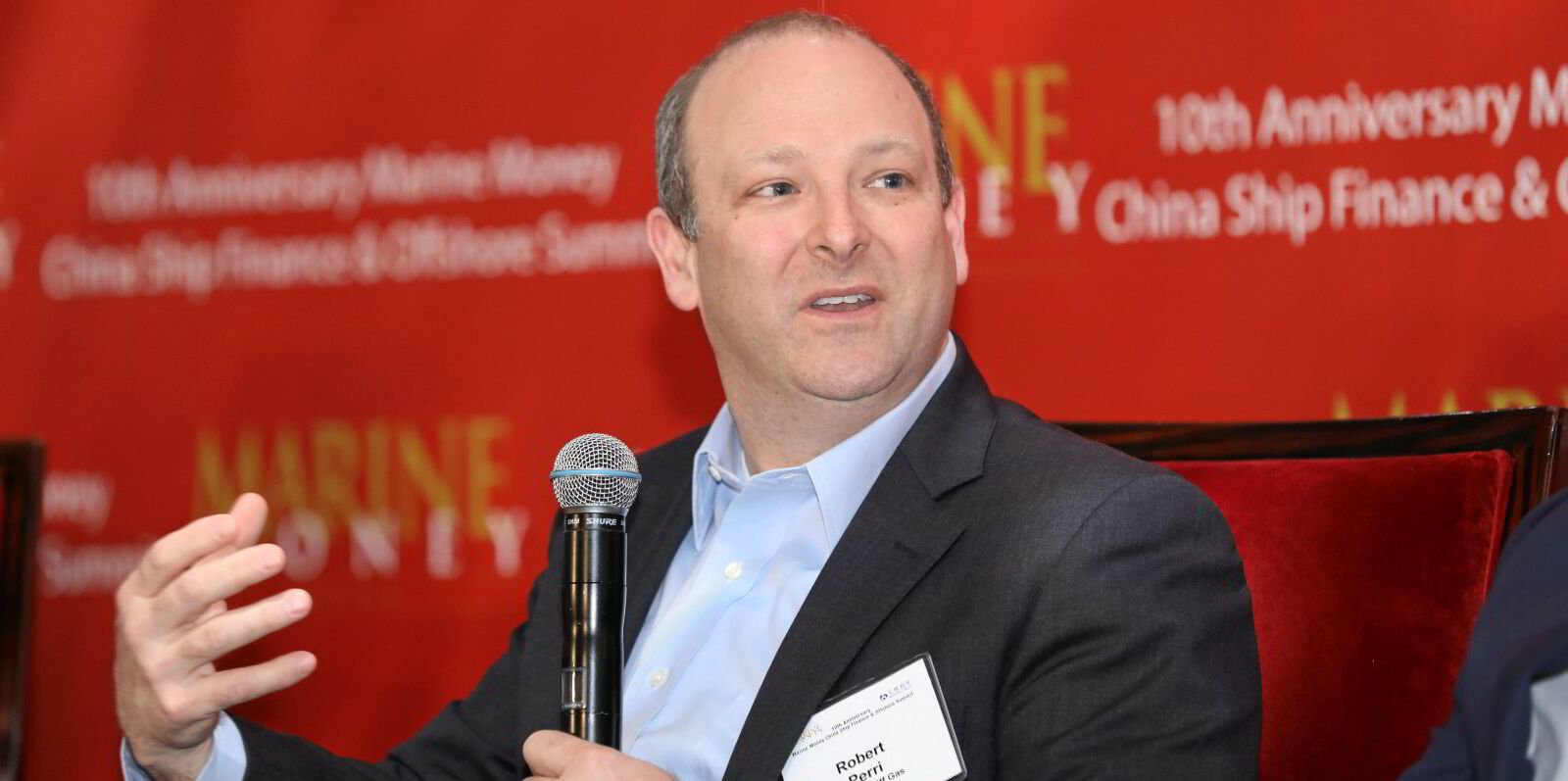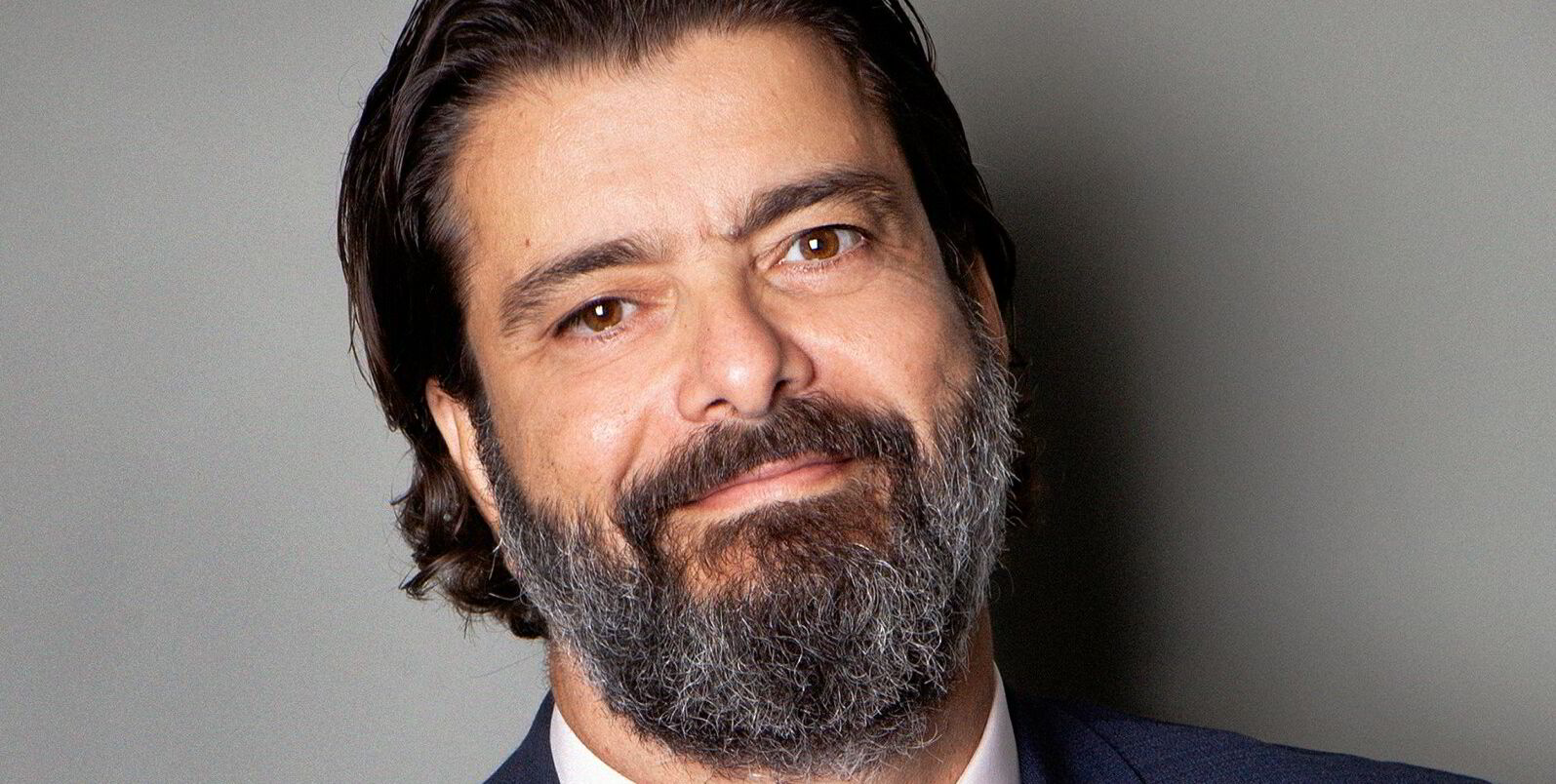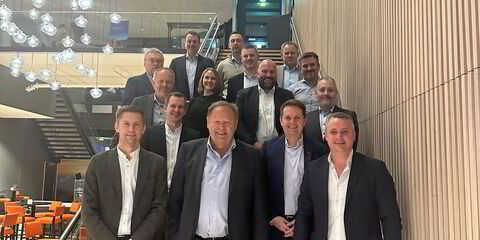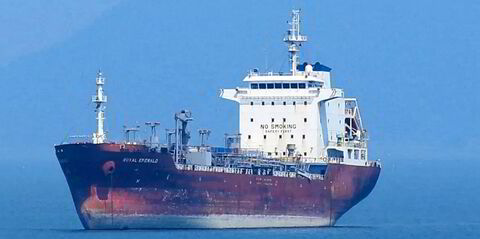After an “intense” five-year succession hunt, the new men in the hot seats at Ardmore Shipping can finally break the silence over their appointments.
The New York-listed, Ireland-based operation revealed its “long-established” succession plan this month, as founder Anthony Gurnee announced his retirement as chief executive and director.
“It’s been quite a process!” chief commercial officer Gernot Ruppelt told TradeWinds in Ardmore’s boardroom overlooking the old port of Cork.
A “comprehensive selection process” resulted in the board appointing Ruppelt as Gurnee’s replacement from 16 September.
Chief financial officer Bart Kelleher’s role will be expanded to include that of president.
German national Ruppelt has been with Ardmore for 11 years and American Kelleher for two.
The new men will be preaching evolution not revolution, with a focus on continuity, but also the flexibility to adapt to the inevitable big changes facing shipping.
Ruppelt described the selection programme as “intense” and said it began about five years ago with some initial sketching out of the succession plan.
Things stepped up over the past year as Gurnee started to envisage a concrete departure date.
Career path open
“That’s a very long-term approach to CEO succession, which for a company like Ardmore with good corporate governance is just one of those key decisions,” Ruppelt said.
“I have to say the board rose to the occasion. There was a lot of transparency throughout and a lot of thought went into it.”
The CEO change “is, of course, a big item”, he said, but the concept of career progression and development “is something we have been taking a very deliberate approach to across all levels in the company”.
“I think the company has evolved in terms of our strategy and approach to the business, and with that of course you have to make changes to your organisational layout too,” he said.
“But most of the time we have been able to give people from within the chance to step in and step up and people typically embrace the opportunity to grow professionally as the company grows.
“So we’re quite fortunate that for all the appointments beyond the CEO and president, there’s a strong bench to kind of jump into those gaps.”
Kelleher told TradeWinds that career development was what had attracted him to Ardmore.
“It’s hard to believe I’ve almost been here for two years,” he said.
“As you get to meet more of the Ardmore team, from senior management and general management and throughout the team globally — just really talented shipping industry professionals and they have that sense of adventurousness, curiosity and willingness to learn.
“And when you give them that opportunity they’re ready for the next challenge when it presents itself. So I think it’s a story much beyond ourselves.”
The advantage of Ireland
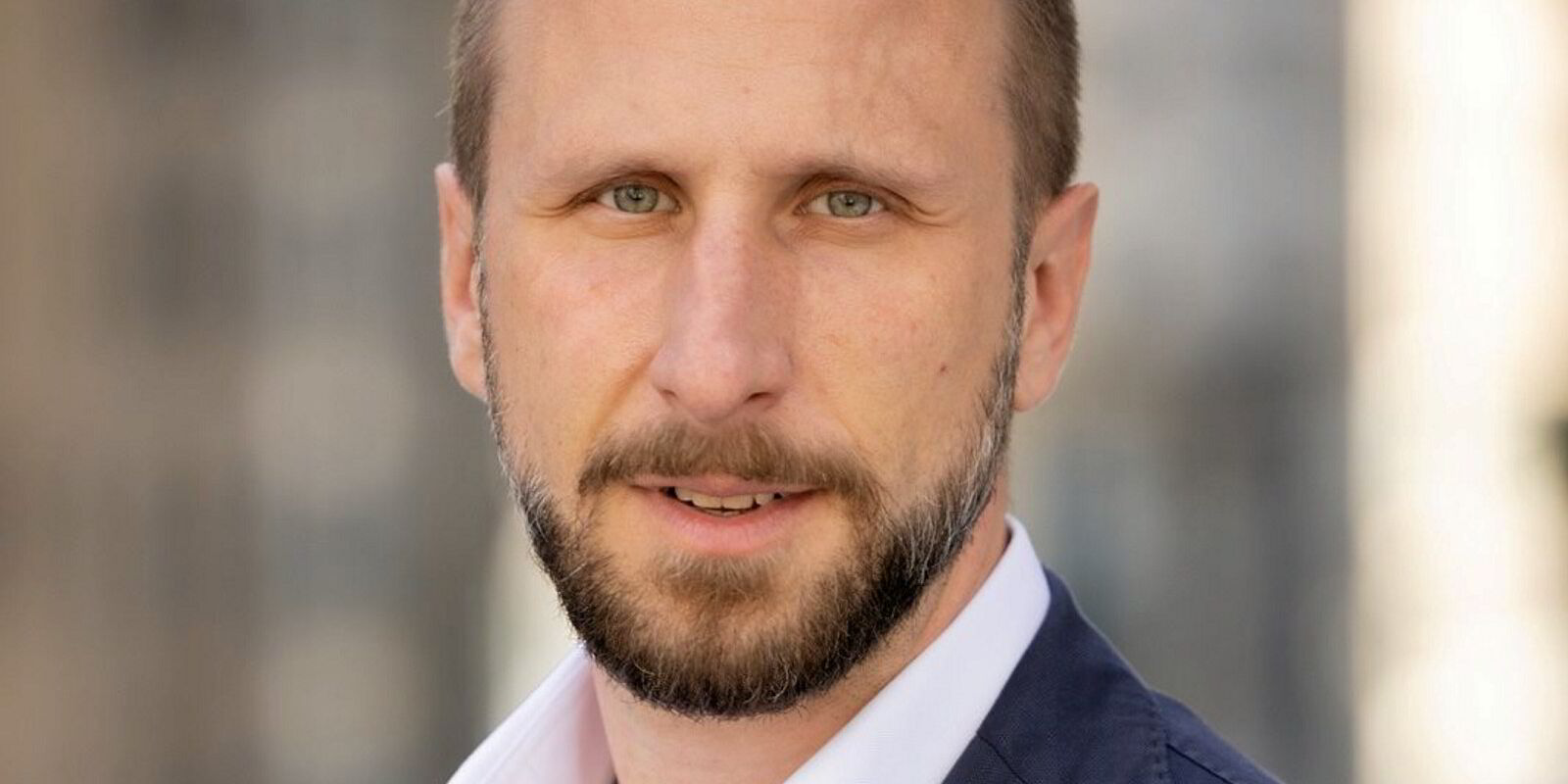
Ruppelt said Ardmore has added a diverse group of people who joined from within Ireland and from as far away as Singapore, Hong Kong, Vancouver and New York.
“When people think of Ireland, they typically think of fishing and farming and St Patrick’s Day parades, but there’s a lot more to it,” he said.
“It’s a very diverse business community. Lots of expats, but also just a great quality of life, a lot of culinary and cultural things to offer. You’re close to the sea but at the same time you have a very bustling business community and a short flight to London.”
Kelleher said shipping talent is well educated on the island.
“If we think about the unique setting of Ardmore being a publicly traded company in New York but based in Cork, Ireland, it’s a huge deal to work for Ardmore,” he told TradeWinds.
“I’ve always been amazed at the quality of the team. But just think — you grow up in Ireland, you’re educated in Ireland, you’ve got this opportunity to have this global reach and still live here, so it’s a great tool to attract talent.”
Ruppelt said that moving to Ireland to work for Ardmore shows a strong commitment. Staff are willing to take that leap in search of a bit of adventure, he explained.
And the company is not planning to move. “We’re very happy in Ireland — just terrific people here, a great culture, but also real proximity to anywhere we need to be,” he said.
Excitement growing
Kelleher is excited about the next few years and beyond.
“The view from Ardmore, and when we think back to Tony founding the company, has always been a long-term approach through cycles and building value for shareholders through those cycles,” he said, pointing to today’s strong earnings and robust balance sheet.
“We are really excited about carrying that through in the years ahead. Strategically with the change, we’re talking about continuity but bringing in that breath of new energy.”
Ruppelt said: “I think there’s a sense of continuity with the strategy that has been very successful.
“But part of that strategy has also always been evolving the business to meet the needs of the company and best navigate the markets.”
When he arrived in 2013, just before the IPO, Ardmore had a very high quality but comparatively simple time charter portfolio.
Everything was run from Cork and as the years passed and the company grew, trebling in fleet size in changing markets, “we thought it was very important for us to evolve the strategy commercially”, Ruppelt said.
“We now have a global commercial platform going to a very high standard across all three [global] regions, but also beyond that, an evolving strategy towards a stronger focus on the energy transition and beyond.
“So for us there’s continuity, but with that continuity comes a constant innovation approach to how we embrace new cargoes, new cargo streams, how we integrate technology in the way we run our ships, the way we understand the markets, the way we execute our voyages and building on this new culture we have developed at Ardmore.
“We’re very diverse compared to your traditional shipping company in terms of backgrounds of individuals, ethnic backgrounds — a lot of diversity of thought comes with that.”
Diversity and independence
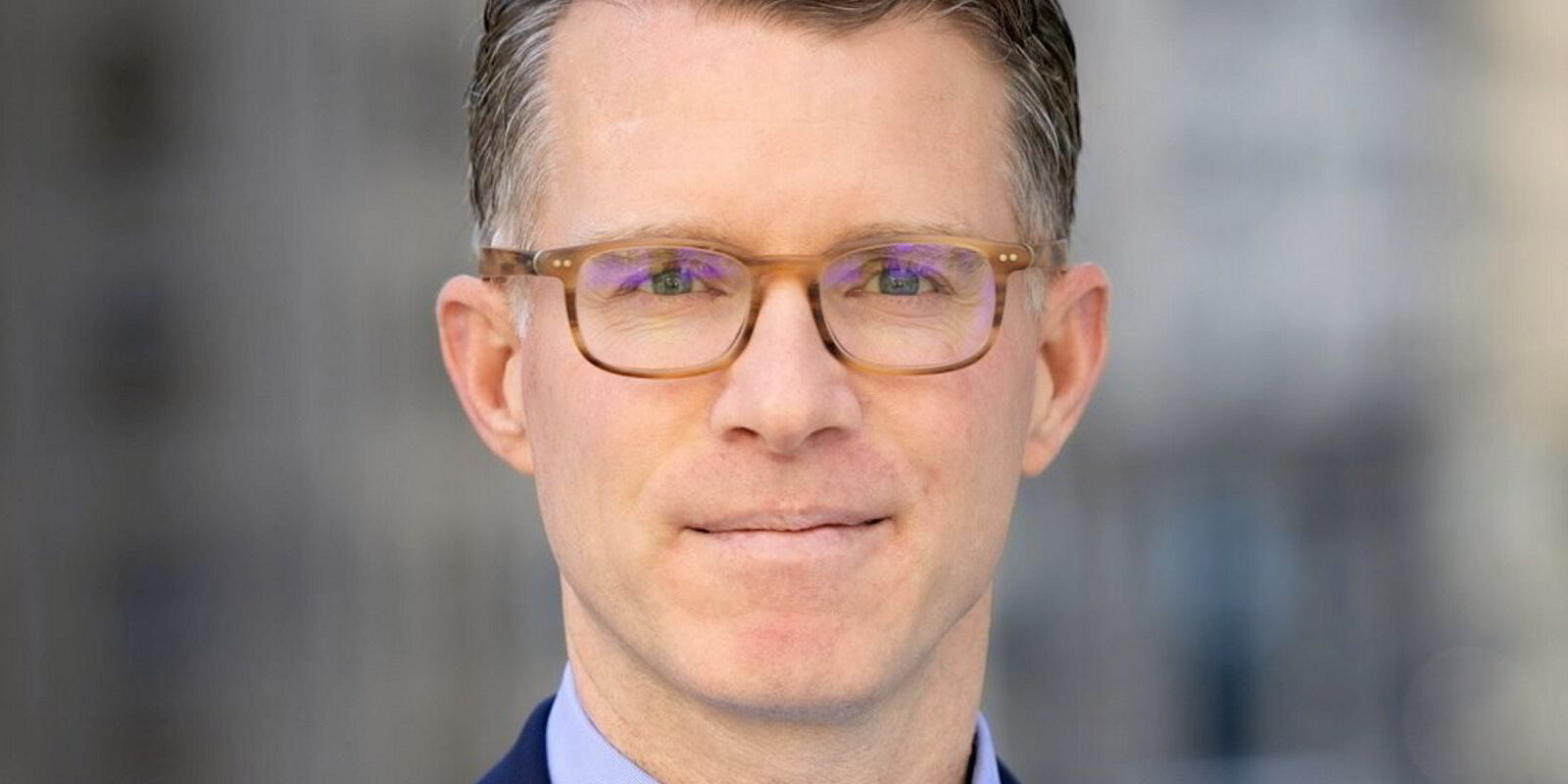
More than half of Ardmore staff are women, at all levels of the company, and Ruppelt said the board is truly independent.
In terms of the fleet of 22 MR and handysizes built between 2013 and 2017, he said: “We’re in a very good place right now, which is in that Goldilocks zone, not too modern, not too old.
“Fleet renewal is not an emergency for us. We managed to pivot from a more defensive time in 2021 when markets were tough to taking more time charters in coming out of the pandemic. We can now really take full advantage of the strength of the markets.
“Do we think there’s an opportunity for the company to grow and take advantage of further scale benefits? Absolutely. But look, you can’t fight the market.
“The market is strong right now and we benefit from it greatly, but of course, that means a lot of this is priced into asset values.
“So you have to be quite deliberate about that, but that doesn’t mean we have to be passive. There are opportunities to find value even in this market.”
Ruppelt said Ardmore is known to be able to act fast when the right opportunity arises.
Newbuildings not on the agenda
The shipowner took delivery of its last newbuilding in 2015, and new orders are not on the cards.
New deliveries now are stretching into 2027 and 2028.
“That requires some thought,” Ruppelt said.
Ardmore has sometimes been touted as a takeover candidate; Hafnia is known to have been interested at one time.
But the top team prefers to be in charge of its fate.
As for acquisitions of its own, Ruppelt said: “A big theme for us has always been controlling our destiny in a way and I think we again are quite selective about what are the right ships at the right time at the right price and the right terms.
“So I don’t think we should take anything off the table ever.”
Kelleher added: “Ardmore has always had their track record of acting fast and acting deliberate when they do see a deal that aligns strategically, but always taking an approach that is balanced with the realities of the market.
“At the same time today, our balance sheet has never been stronger, so we’re patient.”
All of the debt now comprises revolving credit facilities.
This means the money is there when needed, but does not burden the balance sheet.
Kelleher believes this will be “really valuable” as the current cycle plays out.
Treat strong and weak markets the same
Asked how the current strong markets can be maximised, Ruppelt replied: “I think you have to be very deliberate. The same way you would approach a really difficult market, you should take that same method to a strong market too, and I would argue even more now because the spread between a great voyage and a not-so-great voyage is even larger.
“So for us, it’s not so much about whether are we in a ‘good or bad’ market, it’s always about how well we perform compared to whatever the market is. It goes back to: you can’t fight the market but you can position yourself towards it.
“Being the size that we are, we can be more nimble, more agile in terms of targeting specific opportunities, or we can combine voyages in a thoughtful way and create those premium combinations.”
